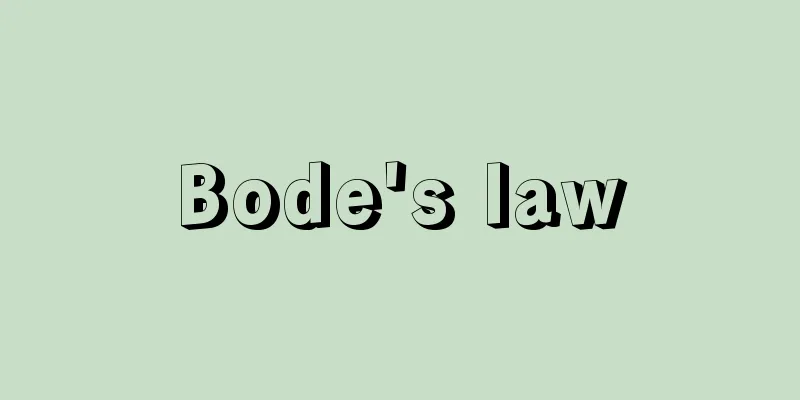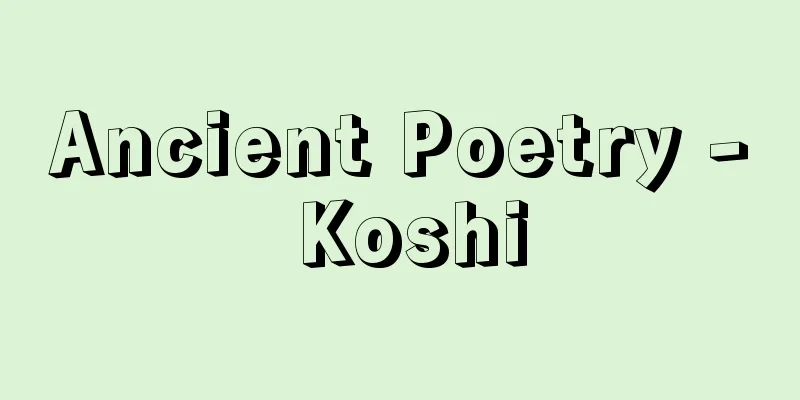Kenji Kiyono

|
Pathologist and anthropologist. Born in Okayama City in 1885. Graduated from Kyoto Imperial University School of Medicine in 1909 (Meiji 42). From 1912 to 1915, he studied at the University of Freiburg in Germany, where he conducted research on vital staining under Professor Aschoff. From 1921 to 1938, he was a professor at Kyoto Imperial University School of Medicine, where he taught pathology and microbiology. In 1922 (Taisho 11), he received the Imperial Academy Prize for his research on vital staining. He also excavated many ruins, mainly in the Kansai area, and collected over 1,500 human bones, including those of Jomon people. His research led to the proposal of the original Japanese theory or the mixed race theory, which states that the Japanese people are based on the Jomon people (original Japanese people), but that after the Yayoi period, they mixed with immigrants from the Asian continent, which changed their characteristics and gave rise to modern Japanese people. From a modern perspective, Kiyono's theory must be revised in many ways, but it is accepted that there was interbreeding between immigrants and Jomon people. His books include "The History of Changes in the Theory of the Japanese Race" (1944) and "The Theory of the Japanese Race Based on the Study of Ancient Human Bones" (1949). [Kazuo Hanihara, November 19, 2018] "The History of Changes in the Theory of the Japanese Race" (1944, Koyama Shoten) "The Theory of the Japanese Race Based on the Study of Ancient Human Bones" (1949, Iwanami Shoten) [Reference item] | |Source: Shogakukan Encyclopedia Nipponica About Encyclopedia Nipponica Information | Legend |
|
病理学者、人類学者。明治18年、岡山市に生まれる。1909年(明治42)京都帝国大学医科大学を卒業。1912~1915年ドイツのフライブルク大学に留学し、アショフ教授のもとで生体染色の研究を行った。1921~1938年京都帝国大学医学部教授として病理学と微生物学を担当。1922年(大正11)に生体染色法の研究により帝国学士院賞を受けた。一方、関西方面を中心に数多くの遺跡を発掘し、縄文人をはじめとする1500体余りの人骨を収集した。その研究によって提唱されたのが、原日本人説あるいは混血説といわれる、日本人は縄文人(原日本人)を基盤としているが、弥生(やよい)時代以降、アジア大陸からの渡来者と混血したためにその形質が変化し、現代日本人を生じたという説である。現在からみるとこの清野説は多くの点で修正されなければならないが、渡来者と縄文人との混血があったことは認められている。『日本人種論変遷史』(1944)、『古代人骨の研究に基づく日本人種論』(1949)などの著書がある。 [埴原和郎 2018年11月19日] 『『日本人種論変遷史』(1944・小山書店)』▽『『古代人骨の研究に基づく日本人種論』(1949・岩波書店)』 [参照項目] | |出典 小学館 日本大百科全書(ニッポニカ)日本大百科全書(ニッポニカ)について 情報 | 凡例 |
<<: Collection of confessions - Kyohakushu
Recommend
Sisyrinchium graminoides (English name) Sisyrinchiumgraminoides
…[Tetsuichi Yahara]. … *Some of the terminology t...
The theory of Laozi becoming a shy person
In China, this is a fictitious theory that Buddhis...
Hanging ornament (hair ornament) - Kakemono
…In the early modern period, when women began to ...
Shuzo Sera
Year of death: 1868.6.10 (Meiji 1, leap year 4, 20...
Lemon - Lemon (English spelling)
An evergreen fruit tree of the Rutaceae family (A...
Danube [river] - Danube
Danube in English. The second largest river in Eur...
oospore
…When sexual reproduction occurs, reproductive or...
Magnetometer
A general term for magnetization measuring device...
Nizam al-Mulk
1018‐92 Iranian politician. His name means "r...
Oxamycin - Oxamycin
... Aminoglycoside antibiotics are not absorbed b...
mandamus proceeding
...The original government draft of the Local Aut...
Tongeia fischeri (English spelling)
...They overwinter as larvae among fallen leaves....
Galleriinae
...Many species have a unique lifestyle in which ...
Ajiro car - Ajiro car
〘Noun〙 A type of oxcart . A bamboo or cypress mesh...
Townspeople's Observations - Choninnkoukenroku
This is a moral book written by Mitsui Takafusa (...









